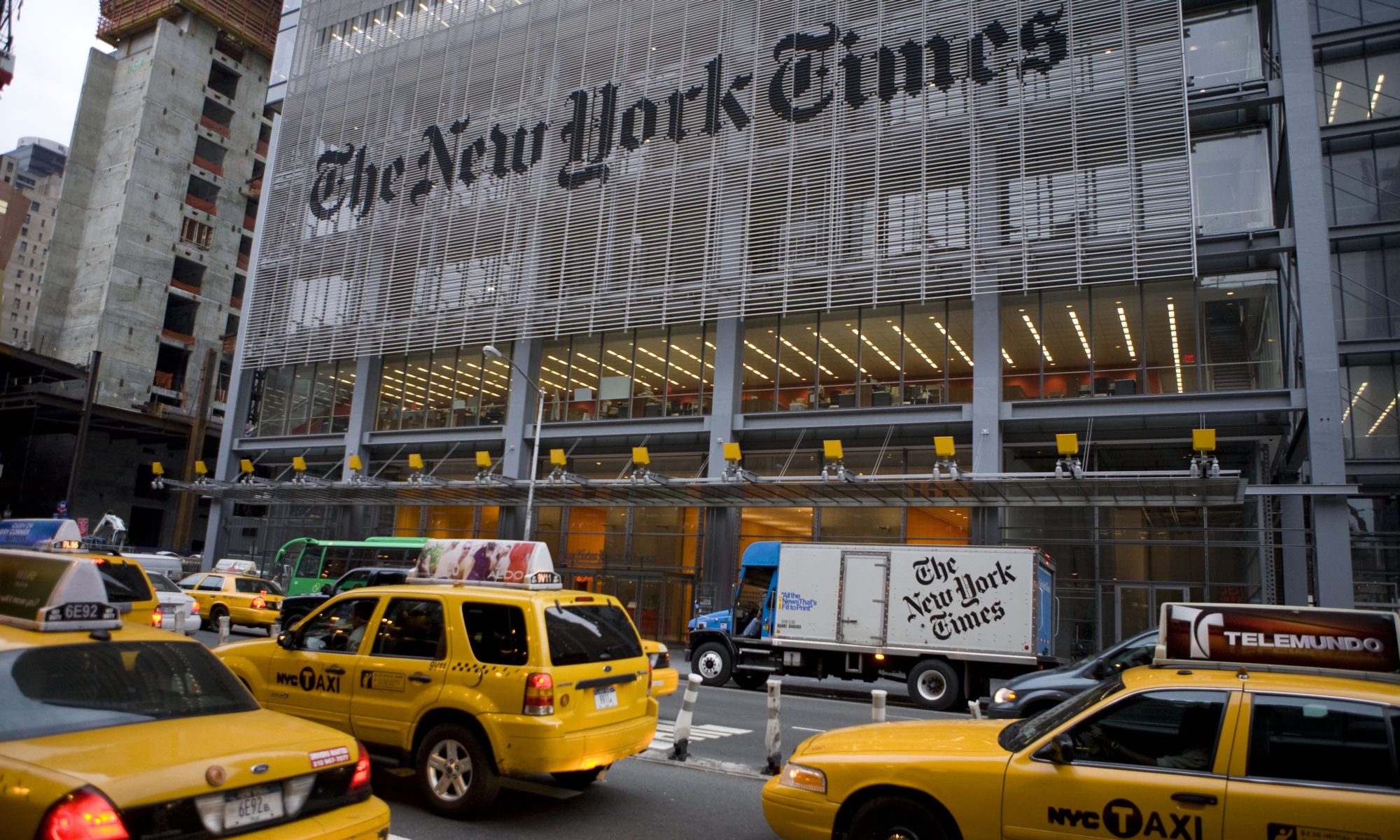Editorial: Don’t expand abortion in New York
Syracuse.com published the following editorial by Michele Sterlace-Accorsi, executive director of Feminists Choosing Life of New York.
Women’s rights continue to be front and center in our body politic. As they should. Abortion rights, however, continue to dominate, especially here in New York. Rather than focus our energy on matters most feminists agree upon, such as equal pay for equal worth, considering women in New York continue to be paid nearly 13 percent less than men for the same workplace performance, according to the New York Women’s Foundation, pro-choice feminists are pushing hard to expand abortion in New York.
Despite the fact that New York law already permits abortion for any reason during the first 24 weeks of pregnancy and the fact that an overturned Roe vs. Wade would not affect this “right,” Gov. Andrew Cuomo and others are pushing hard to enact the Reproductive Health Act (RHA). Apparently, it is also irrelevant that, according to the Guttmacher Institute, New York already has an abortion rate (29.6 per 1,000 women) that is twice the national average (14.6 per 1,000). Abortion advocates claim the passage of the RHA will be a first priority when the New York state Legislature convenes Jan. 9.
To be clear, the RHA legalizes abortion “on demand” during the third trimester of pregnancy. The RHA’s legislative intent ushers in a broad health exception for late-term abortion, which courts have interpretedto allow women to abort fully viable fetuses for essentially any reason, including economic or familial health. The RHA, by repealing a section of Public Health Law, also would allow for viable infants born alive during an abortion to die without treatment.
In addition, the RHA potentially endangers women’s lives by permitting the performance of surgical late term abortions in facilities other than hospitals, and by individuals other than duly licensed physicians. According to studies, including “Risk Factors for Legal Induced Abortion-Related Mortality in the United States,” published by Obstetrics & Gynecology, the “risk of death … for women obtaining legally induced abortions … increase[s] exponentially by 38 percent for each additional week of gestation.”
The RHA also potentially re-victimizes victims of sex trafficking and domestic violence by completing gutting abortion from New York’s penal laws. Relevant abortion related provisions in New York’s criminal statutes allow women to hold abusers accountable for the death of wanted unborn children and for coerced abortions. If the RHA act is enacted, women can no longer hold violent partners criminally accountable for killing wanted unborn children. While pregnant, my now ex- husband tried to push me down the stairs. If he had, and my unborn child had died because of my fall, I would not have been able to prosecute him for the death of my Noah, if the RHA had been the law.I’m not the only one. Studies, including “Acknowledging a Persistent Truth: Domestic Violence in Pregnancy,” published in the Journal of the Royal Society of Medicine, show that domestic violence escalates in pregnancy, with significant consequences for women and their unborn children, including death.
Further, studies also show that victims of domestic violence and sex trafficking undergo coerced, but otherwise “safe and legal,” abortions. These studies, include, respectively, “Associations Between Intimate Partner Violence and Termination of Pregnancy: A Systemic Review and Meta-Analysis,” published in PLOS Medicine, and “The Health Consequences of Sex Trafficking, Their Implications for Identifying Victims in Healthcare Facilities,” published in Beazley Institute for Health Law & Policy.
Rather than fight for ways to disempower women, jeopardize women’s health and destroy viable humans in utero, as well as children born alive, all feminists and legislators should be focusing on real women’s issues — none of which are contained in the Reproductive Health Act. Otherwise, New York surely will become a dark place in which to live.


